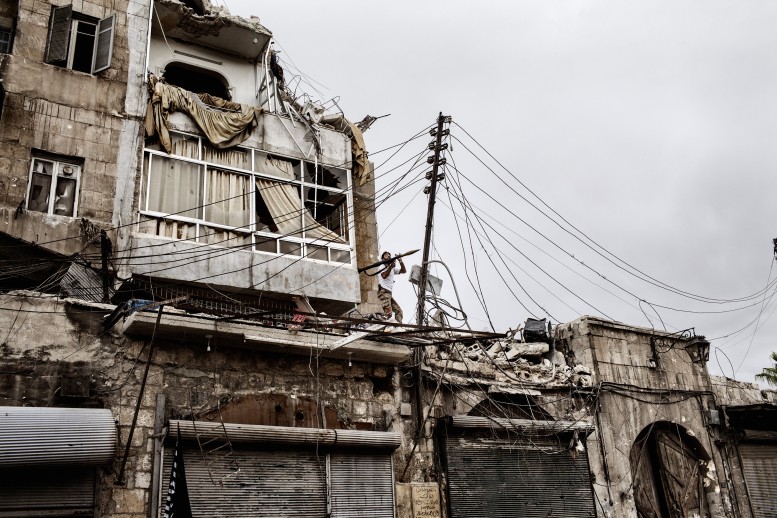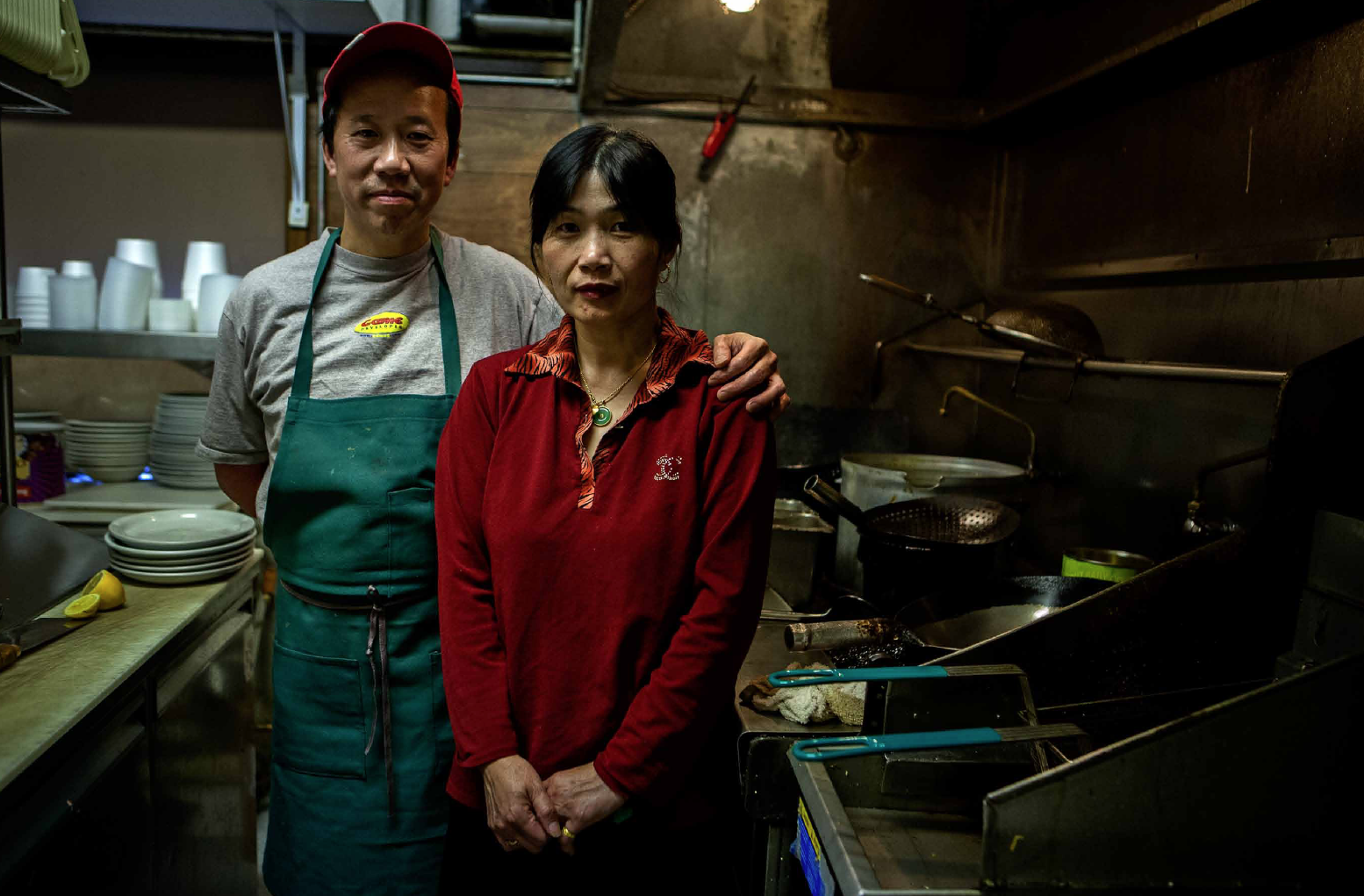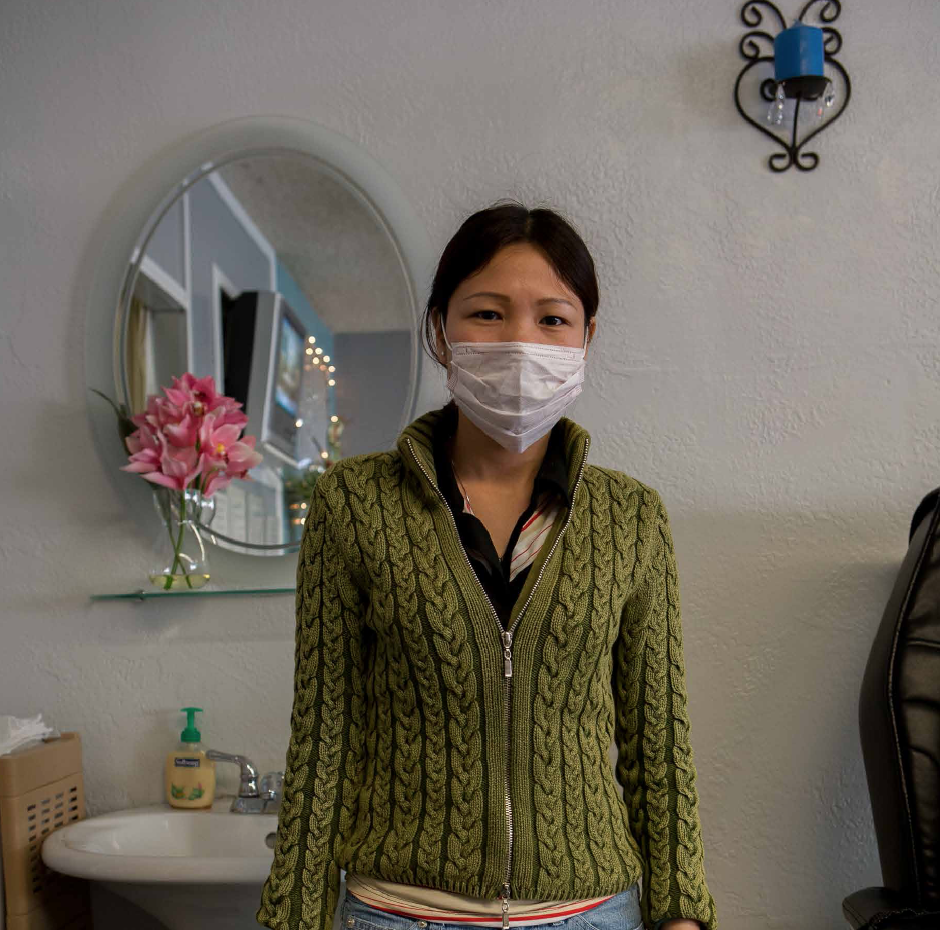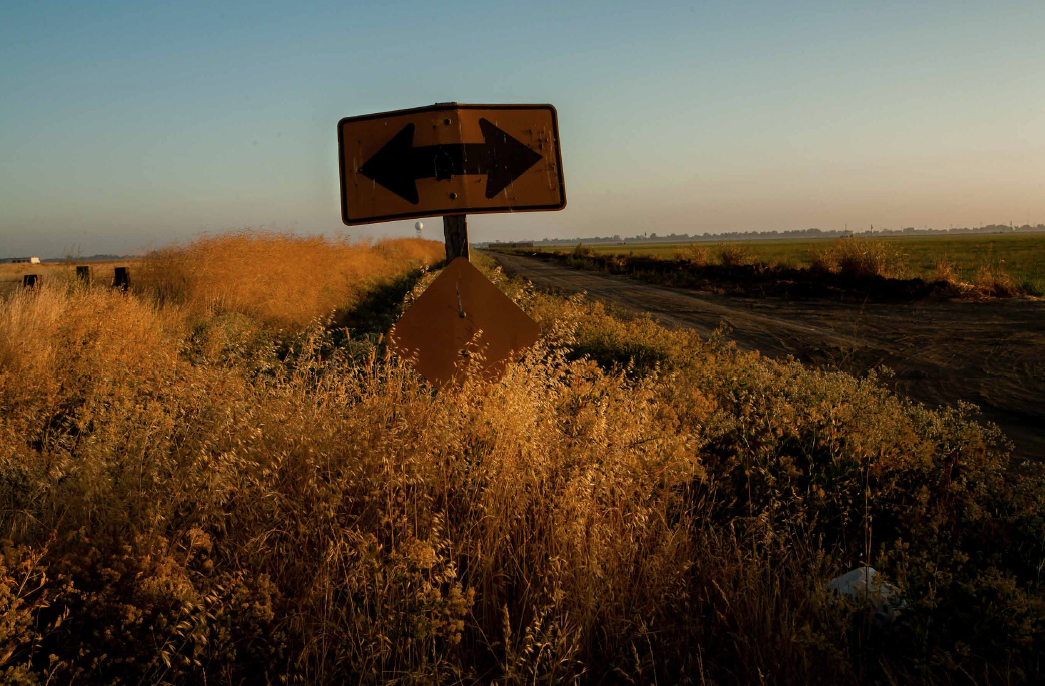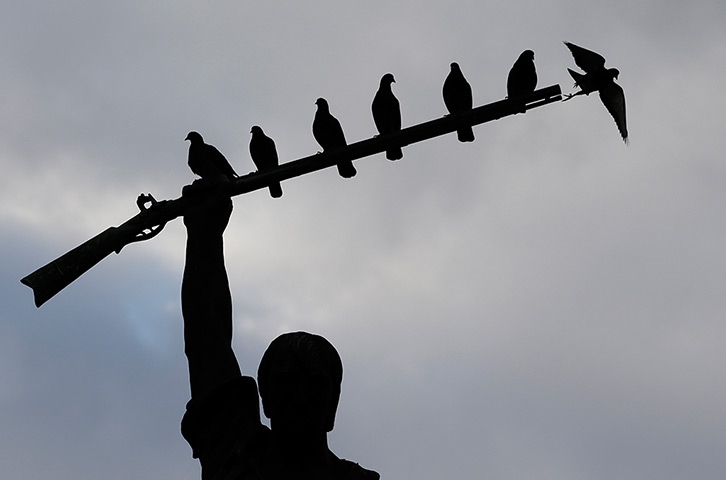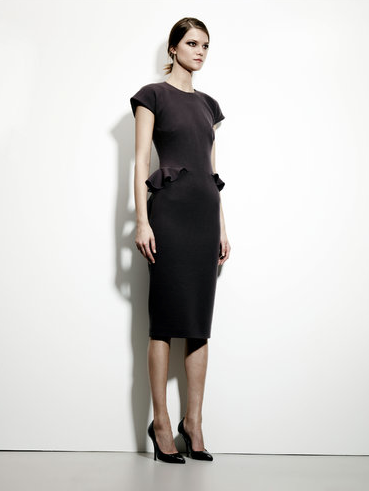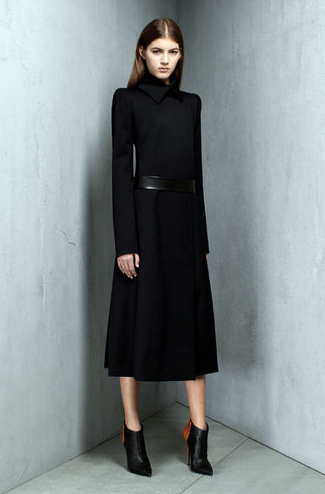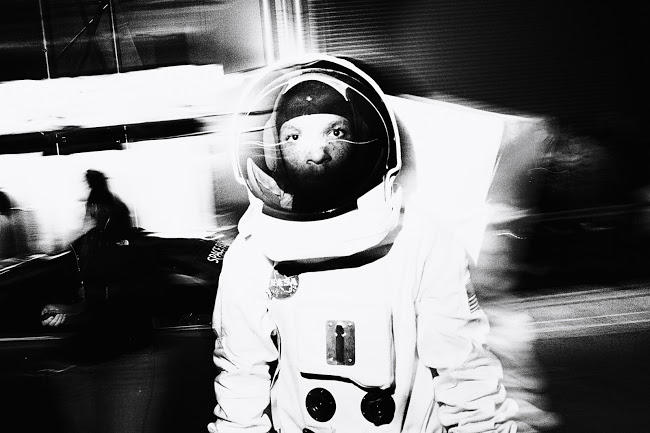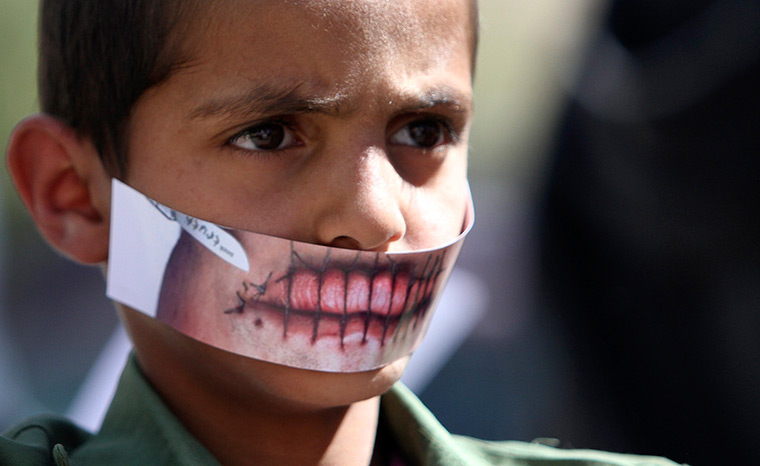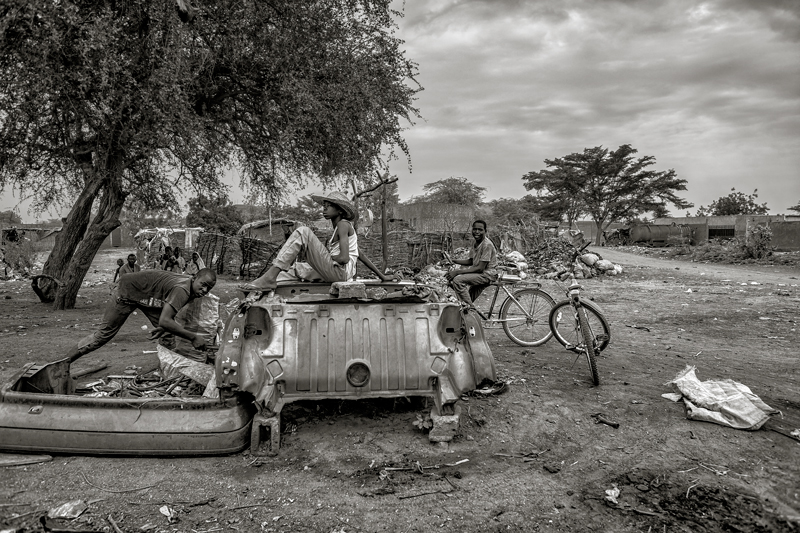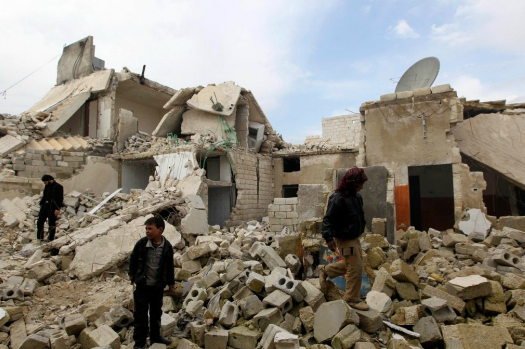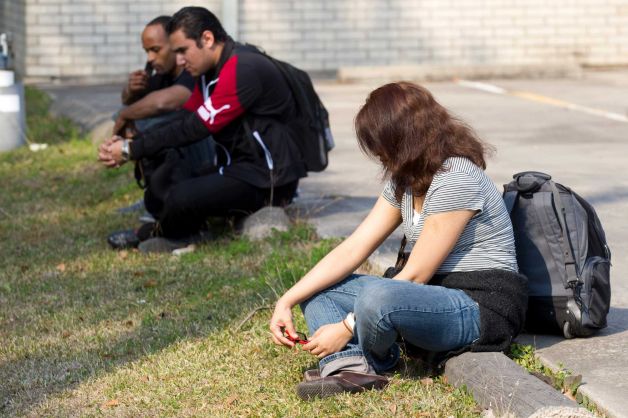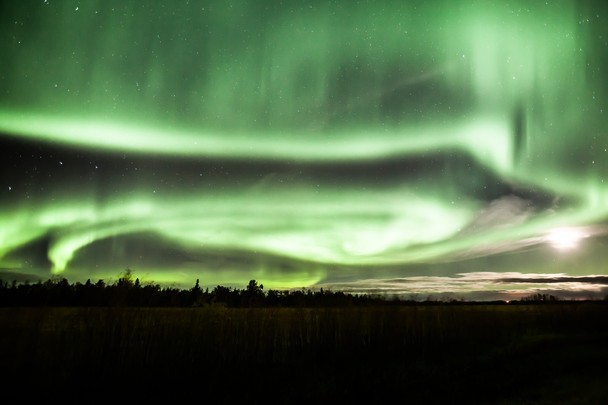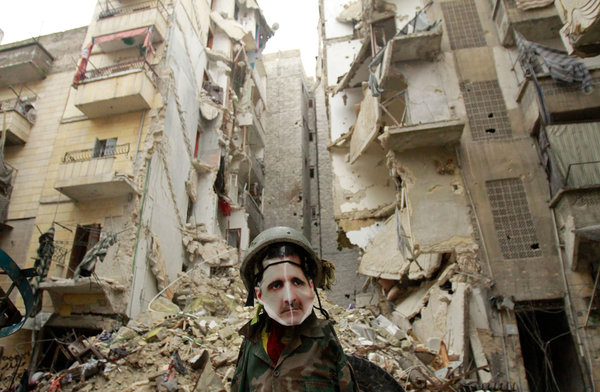The 2013 World Press Photo Contest Winners have been announced, and the news is not good. I’m not referring to the quality of the judging or the photographs–far from it–but rather to what they show us about the world today.
Frankly, the world revealed by these photographs is a shit hole. All too many of the images depict the ravages of war or of other conditions that are war by another name (gang violence, the brutal subjugation of women, poverty). And as you can see above, a common denominator to these many sad stories is that a place where people were just trying to live decent lives is being wrecked, with little hope that anything good will come of it. Or to put it another way, what seemed to be a modern world, or at least a part of the world on the way to full modernization, may in fact be going in the opposite direction.
I think it’s also telling that many of the slide shows featuring the winners–here, here, and here, to mention just a few examples– have selected images that don’t avoid this emphasis but may soften it a bit. Certainly they haven’t led with the most horrific images, and neither have I. Few of us really want to look at how awful life can be, and there is a great deal of peace, prosperity, and beauty in the world, and not much we can do about the rest anyway, right?
Right. Sure. Whatever you say, boss. And that’s part of the problem. In a period of time when in fact most of the world is at peace, in fact far too much of the world is at war. And while terrible social, cultural, economic, and political degradation is spreading across the Middle East, Africa, Latin America, and elsewhere as well, the rest of the world goes about its business, as if business were all that there was to living with others.
That’s why I picked out the image above. It was not a big winner–second prize, Spot news stories–and it’s certainly not a particularly striking image or one that with sharp emotional intensity. It’s not even quickly legible, and you have to peer at it to see the lone rebel fighter aiming his grenade launcher in the direction of Syrian forces. But for the same reason, I think it captures something important about the world being revealed by all of the photos. A place where people have lived for millennia is being ruined, and with not much more than emptiness and the smoke of another battle on the horizon. Just as bad, the lone human being in the picture is a puny part of the scene–a bit player, really, as larger historical forces crash together to create continuing upheaval. Sure, he has the power of action, but even justified revolution turns too easily into just another cycle of violence. At the end of the day, all we may be left with is a long night.
Of course, there may have been a bias in the contest toward bad news. That is the nature of news, and so we should not be surprised that the stories told here are harsher than those at, say, National Geographic. And this comparison reminds us that the quality of photography need not depend on its subject, so perhaps more of the winners could have been taken from the sunny side of the street. But that would miss the point, which is the reason World Press Photo exists.
There comes a time when the most important thing is not how well the photo was taken, but what it reveals about the world. In the words of William Carlos Williams, “It is difficult/to get the news from poems/yet men die miserably every day/for lack/of what is found there.” These photos are the poems for our time.
Photograph by Fabio Bucciarelli. The William’s quote is from his poem, “Asphodel, That Greeny Flower.”
